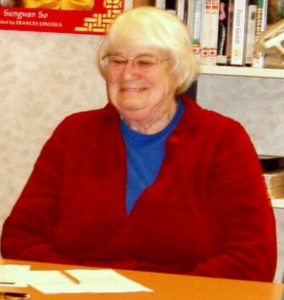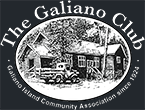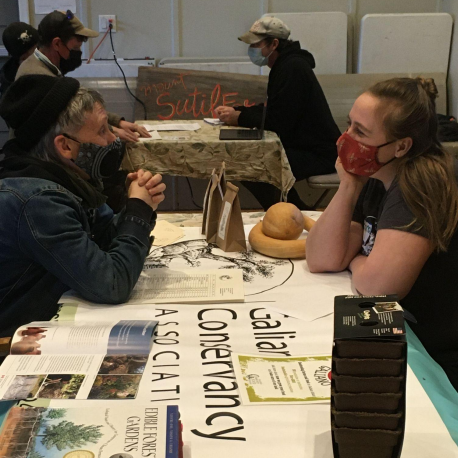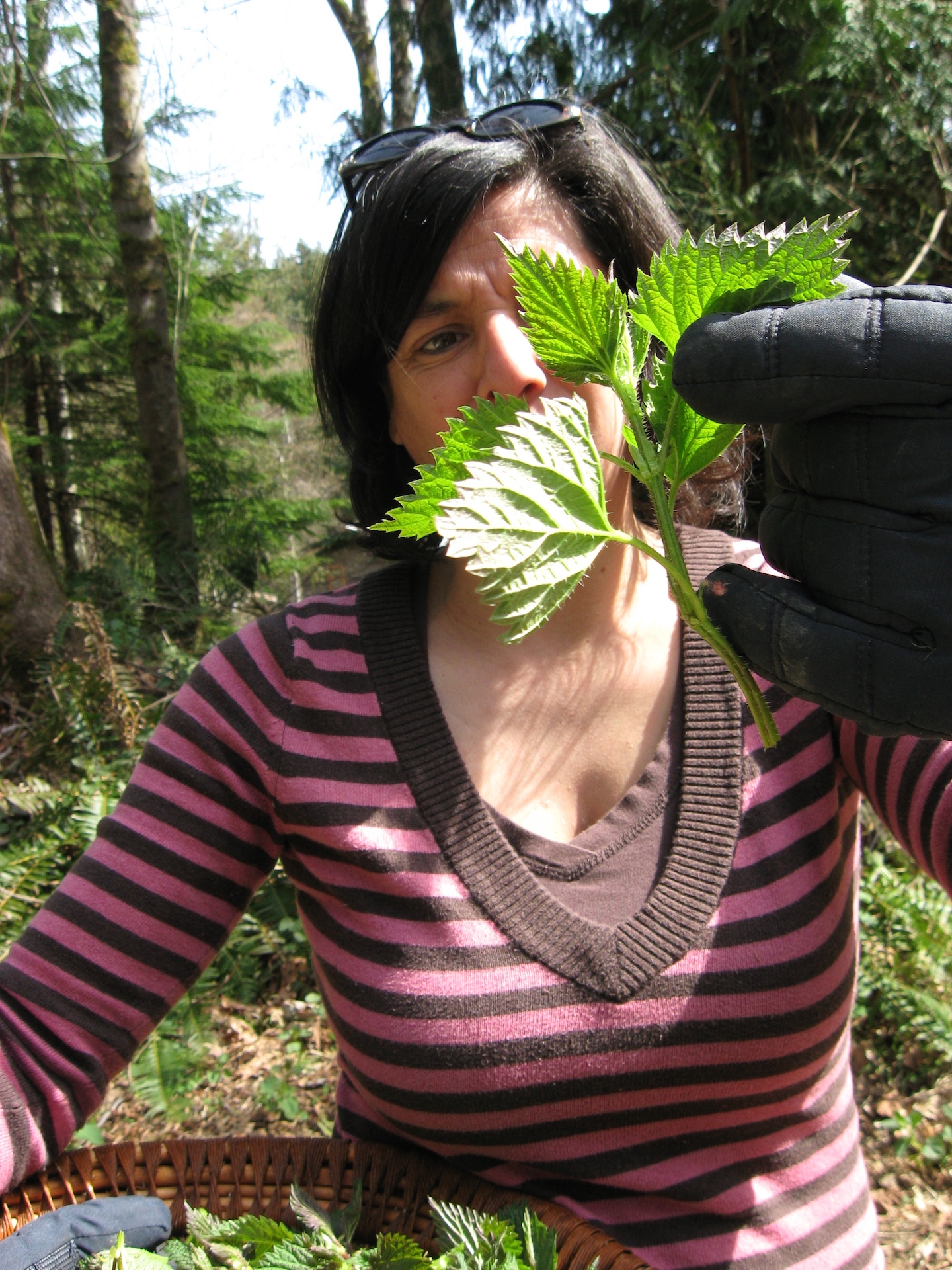 “I do have a food memory, and it’s about lack of food. I was a child in the 1930’s when there was a nasty depression, as we’re having a recession now as they call it. But then it was The Great Depression.
“I do have a food memory, and it’s about lack of food. I was a child in the 1930’s when there was a nasty depression, as we’re having a recession now as they call it. But then it was The Great Depression.
And many, many people were out of work, particularly the miners in the north of England, and they set out on a long march to London, to plead their case. They had no money, they couldn’t afford to buy food, they had no housing. And I was in school when they came through. I was 11 at the time, and my school was in Stafford, which is in the middle of England, and we went to feed them. All the school children, all my school mates anyway went to give them food. Our parents made soup and we took it to the county hall, a big place in the middle of the city. It made a profound impression on me because they hadn’t any shoes, they’d got bits of cloth wrapped round their feet, and they had absolutely nothing. And that was probably my first social learning, that people really were starving in the country that you were living in. And that was pretty hard to take.”
When she was a child her family grew their own vegetables in their allotment, and also went to the local grocery store. They went to different stores for their food because in England everything was separated. There were greengrocers for vegetables, and grocers for sugar and tea. She kept animals for eating only during the war, especially remembering the importance of keeping bees because that meant they had sugar. During the war they also kept pigs and rabbits.
They had a cold pantry with cold marble shelves in it for keeping pheasants, hares and rabbits. She didn’t like eating animals that she had known!
As a child she ate less exotic foods. The only exotic foods were bananas and oranges, but never saw a mango until she came to Canada.
She loves oysters. That’s her favourite food on Galiano.
One of her strongest food memories is of the lack of food during the great depression. She saw miners who had marched to a public place where school children, and Margaret was one of them, brought them food. She noticed that some of them had no shoes. Overall, people actually were starving.
Noal asked her how she adapted to living here, food wise. Margaret said that the only differences were maple syrup and corn.
“We eat corn in Canada, but not in England. Corn was something we called maize and fed to the chickens”.
Her favourite food is seafood. She likes cooking seafood on Galiano.
For the cook-book, she brought a recipe for marmalade. She chose it because it is the recipe she knows best, and people on the island know her marmalade well. That’s what she does best. It’s made of sour oranges, Seville oranges.
Nettles remind her of spring. She has always eaten nettles, since she was a little girl. The beginning of spring here also makes her think of carrots and parsnips which she digs up after they’ve been in the ground all winter – they seem to have a special taste.
Summer makes her think of strawberries.
Winter is a time for all the Christmas special foods, like mince meat and Christmas pudding. When she was a little girl she had jelly, all the coloured jellies that they used to make themselves.
“We used to have jellies, coloured jellies. We made them ourselves. We used to make our own jello from calves’ feet. You’d boil the calves’ feet and get the jelly and add it to the fruit”
Fall makes her think of apples, plums and all the fruit we get in the fall.
At the end of the interview Noal asked a few more questions:
Noal – Did you ever have big Christmas feasts when you were young?
Margaret – Oh yes, very big Christmas feasts and very big Easter feasts as well. When I was a child in England we didn’t have easter bunnies, we had easter chickens. Chickens were the thing. So living on the farm we always used to get new chickens at easter time.
Christmas dinner in our house was usually roast goose and bread stuffing, which was lovely, and all sorts of vegetables, whatever we had in the garden. And then we had Christmas pudding and brandy sauce, and mince pies, and Christmas cake with icing on it. It was all decorated. And I’ve still got the decoration that we used to put on our Christmas cake when I was a little girl. It was a Santa Claus, only he was called Father Christmas then.
Noal – What’s your favourite food that you used to eat in England?
Margaret – You know, I really like porridge, real oatmeal porridge with cream, which is very bad for you when you get old. I liked other special foods, but that’s the daily food that I really liked.




Leave A Comment
You must be logged in to post a comment.